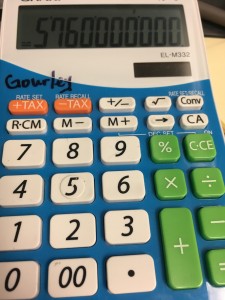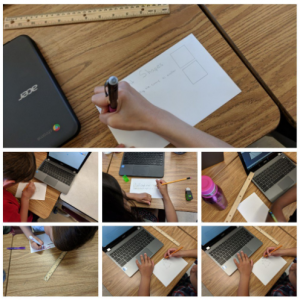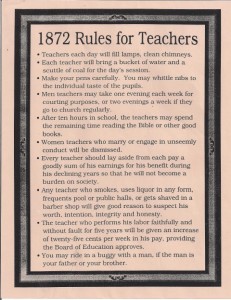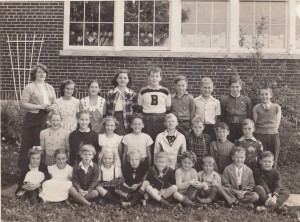I have felt guilty about my job since the first year that I started teaching. I have always felt that I did not do enough, didn’t contact parents enough, didn’t make it fun enough, didn’t write down observations or assessments enough, didn’t do enough intervention with those struggling readers, writers, mathematicians, didn’t do all of the wonderful Pinterest extras, didn’t go above and beyond enough, didn’t volunteer for enough extra curricular activities, didn’t give enough timely critical feedback, didn’t document behaviour enough, didn’t post enough on Seesaw and the big one is not feeling like I get enough work done on the weekend. When I told a colleague about this recently he said, “If you were only doing half of the things that you do, you would still be working harder than me and a whole bunch of your colleagues!” I thought to myself, “Really? I thought everyone else was working harder and doing more than I was and seemed to have it all together.” The truth of it is though, most of us feel like I do and we feel the same way about our colleagues. Rationally, I know that we can’t “do” it all. However, I somehow feel that I might if I just keep trying! Crazy, right?
I lamented to a friend recently that I don’t get enough done on a weekend and always feel guilty on Sunday night. “I have 48 hours every weekend. You’d think I’d be able to get something done! I manage to watch Netflix and read my book. Why do I feel like such a lazy teacher every Sunday night?” Her wise answer was this, “You think you have 48 hours to do work? I suggest you write down what you do in a weekend, write everything down from sleeping to eating to doing the laundry and driving your son around. You’ll see you don’t have 48 hours to do work. You also need to balance with family time and self care. Reading your book or watching Netflix is not being a lazy teacher. It is practicing self care.” So, I did it. I wrote down everything I did in a weekend. Guess what? I had precisely 3-4 hours to do some teacher type work which is on average the amount of work I do practically every weekend.
Social media keeps me connected with friends and family all over the world. Sometimes, however, it also becomes a land mine for guilt. I find myself thinking, “I should be doing that or what a great idea!” I used to send home a hand painted pumpkin at Halloween and hand painted Christmas decorations for every student every year. When I stopped doing it, no one said a word. That is not what the students remember me for years later. They remember the connection and the relationship. They remember my quirky sense of humour and the hand puppet named Butch who is a little irreverent and likes to use the word underwear in whatever song it will fit. I have discovered that I’m not the Pinterest teacher and I have to be okay with that.
After20+ years of teaching I still struggle in thinking that I haven’t done enough but I’m trying to look at all of the things that we have accomplished this year rather than all of the “great ideas” on the many lists that I didn’t accomplish. I will cut myself some slack. I will look at self care as a positive and necessary thing and not a lazy one. On the lists I make now I will put family time first, accompanied by good sleeping habits and good eating habits. Keeping me healthy makes me a better teacher and a better person. So if you struggle like I do, here is a video that a friend suggested to me to help me get through those negative self-talk times when I feel that I am not enough.
You won’t regret watching it. I promise it will make you smile.




 the terms we were going to be investigating, students were asked to look at some of his works and identify the geometric concepts contained within. They were amazed by the number of concepts that could be found in his works. They measured angles and classified them as acute, right or obtuse. They compared shapes and lines, some even realizing that some of the shapes were created by other shapes and lines intersecting.
the terms we were going to be investigating, students were asked to look at some of his works and identify the geometric concepts contained within. They were amazed by the number of concepts that could be found in his works. They measured angles and classified them as acute, right or obtuse. They compared shapes and lines, some even realizing that some of the shapes were created by other shapes and lines intersecting. Once we had the chance to investigate Kandinsky’s works, we set off on a mission to try to create our own Kandinsky inspired works using Google Drawings. In pairs, students used at least 7 of the concepts that we were learning about to create abstract, labeled digital drawings.
Once we had the chance to investigate Kandinsky’s works, we set off on a mission to try to create our own Kandinsky inspired works using Google Drawings. In pairs, students used at least 7 of the concepts that we were learning about to create abstract, labeled digital drawings.









